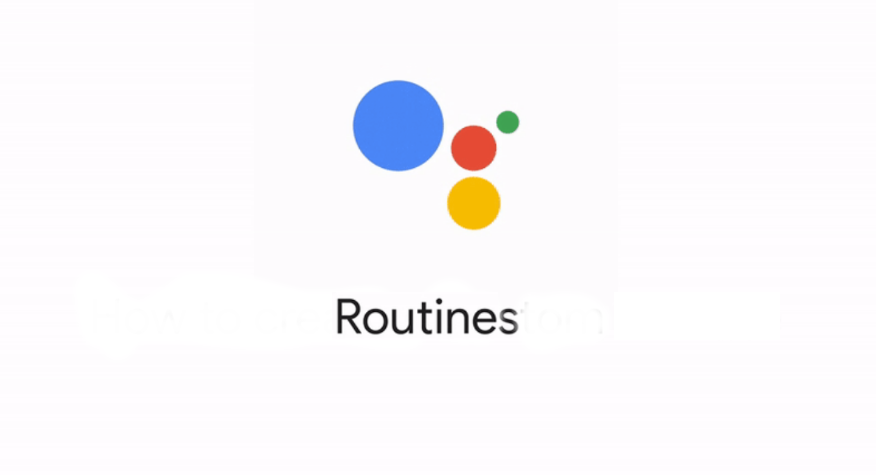While it’s not yet available to all users, there is a fairly significant change coming to the Google Home app. This change is to allow users to set up Geofencing with the aim of automating tasks in your home. This could be anything from putting up roller doors or opening gates on your approach, to turning on lights after dark or your heater/aircon when needed. Unsurprisingly though, this isn’t just as simple as flicking a switch.
The Google Support page outlines some of the changes, as well as options users will need to turn on (opt-in) in order to make use of the feature. Like other apps — Including the Nest App — users phone location will play an integral part in this. By setting up a Geofence around your home, your phone will become the trigger for these routines. It’s also worth noting, that the Home app is not actively tracking users location:
The Home app doesn’t track where you are or where you’ve been beyond tracking whether or not you are inside your home’s geofence. Data used for presence sensing and geofence is only used to determine when you come home or when you leave.
While convenience is clearly at the forefront of home automation, this also has the added benefit of cost-saving. A simple example of this is following Duncan’s review of the Sensibo, I purchased one and saw immediate savings on my power bill. We did this by not having the header/aircon running to ensure we weren’t returning to a fridge in winter or an oven in summer.
While not all of the hardware is available in Australia, these types of automated integrations use some of the capacities of Nest hardware — sensing the presence of users through interactions, or motion — integrated into the Nest Secure system.
The continued development of the Google ecosystem to automate mundane tasks in our lives will continue. It does force us into purchasing specific hardware and invest ourselves heavily in their platform. The tech is cool, but is the deep investment in a single platform worth the risk?




